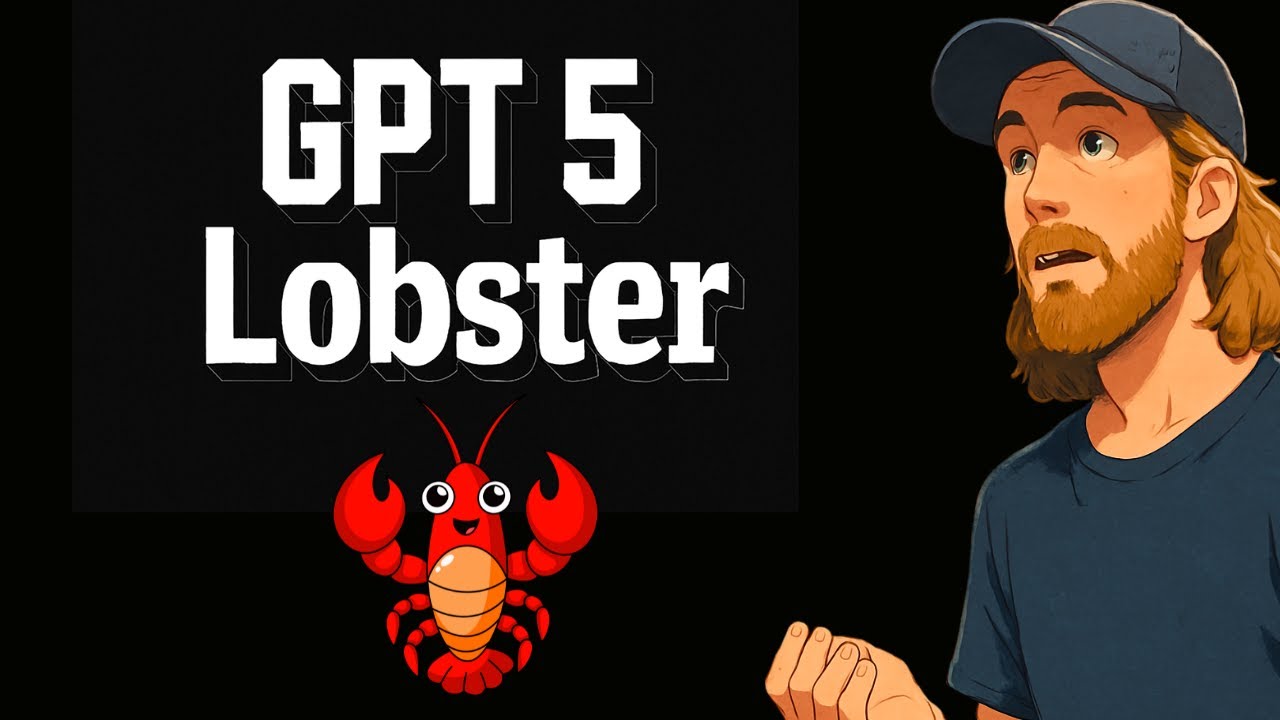The video explores the latest advancements in AI language models like GPT-5, Lobster, and Claude, demonstrating their capabilities and challenges in generating user interfaces, games, and automating developer workflows through tools like LM Arena and Cloud Code. It also showcases AI-driven video generation and discusses plans for collaborative AI agents in development, highlighting the evolving landscape of AI-native tools and their potential impact on programming and content creation.
The video begins with the host greeting viewers and discussing the latest developments in AI language models, particularly focusing on OpenAI’s upcoming GPT-5 and the Lobster model being tested in the web development arena. The host explores the concept of GPT-5 potentially acting as a unified routing model that directs user requests to specialized models, streamlining the current fragmented system. They also mention other AI models like Claude and Anthropic’s offerings, and express interest in testing these models through platforms like LM Arena to compare their capabilities, especially in generating user interfaces and simple games with specific themes such as 60s sci-fi.
The host then demonstrates using LM Arena to generate and compare AI-created UIs and games, including attempts to build a Tetris game and a doctor’s translation dashboard. While some models like Nectarine and Starfish show promise, others, including Lobster, exhibit bugs or fail to run properly. The host discusses the challenges of AI-generated code, noting that while the visual designs can be impressive, functional issues often arise. They also touch on the use of AI agents for various tasks, such as monitoring trending AI topics or managing app features, highlighting the token consumption and efficiency of these agents.
A significant portion of the video is dedicated to exploring Cloud Code, an AI-powered command-line interface that allows users to interact with their computer through natural language. The host shares insights from an article about Cloud Code’s capabilities, including automating complex workflows like system restoration, content shipping, test data generation, and code commits. They emphasize how Cloud Code transforms the traditional command line into a powerful, intent-driven interface that can execute commands, fix errors, and manage projects autonomously, illustrating a paradigm shift in developer workflows.
The host also experiments with AI-driven video generation using V3, showcasing how annotated images with instructions can be transformed into animated videos. They demonstrate creating scenes with dynamic elements like a meteor strike and character movements, discussing the potential of this technology to revolutionize video creation by combining visual prompts with AI interpretation. Additionally, the video touches on various AI tools and platforms, including Gemini CLI, Codeex, and Warp, comparing their features, pricing, and suitability for different development tasks.
Towards the end, the host discusses plans to build collaborative AI agents for front-end and back-end development, testing their ability to work in parallel on a landing page project. They reflect on the current state of AI models, noting the mixed results from different models and the ongoing evolution of AI-native development tools. The video concludes with the host outlining future content plans focused on AI tooling, Cloud Code, and reaction videos, thanking viewers for their participation and encouraging them to stay tuned for upcoming streams.
